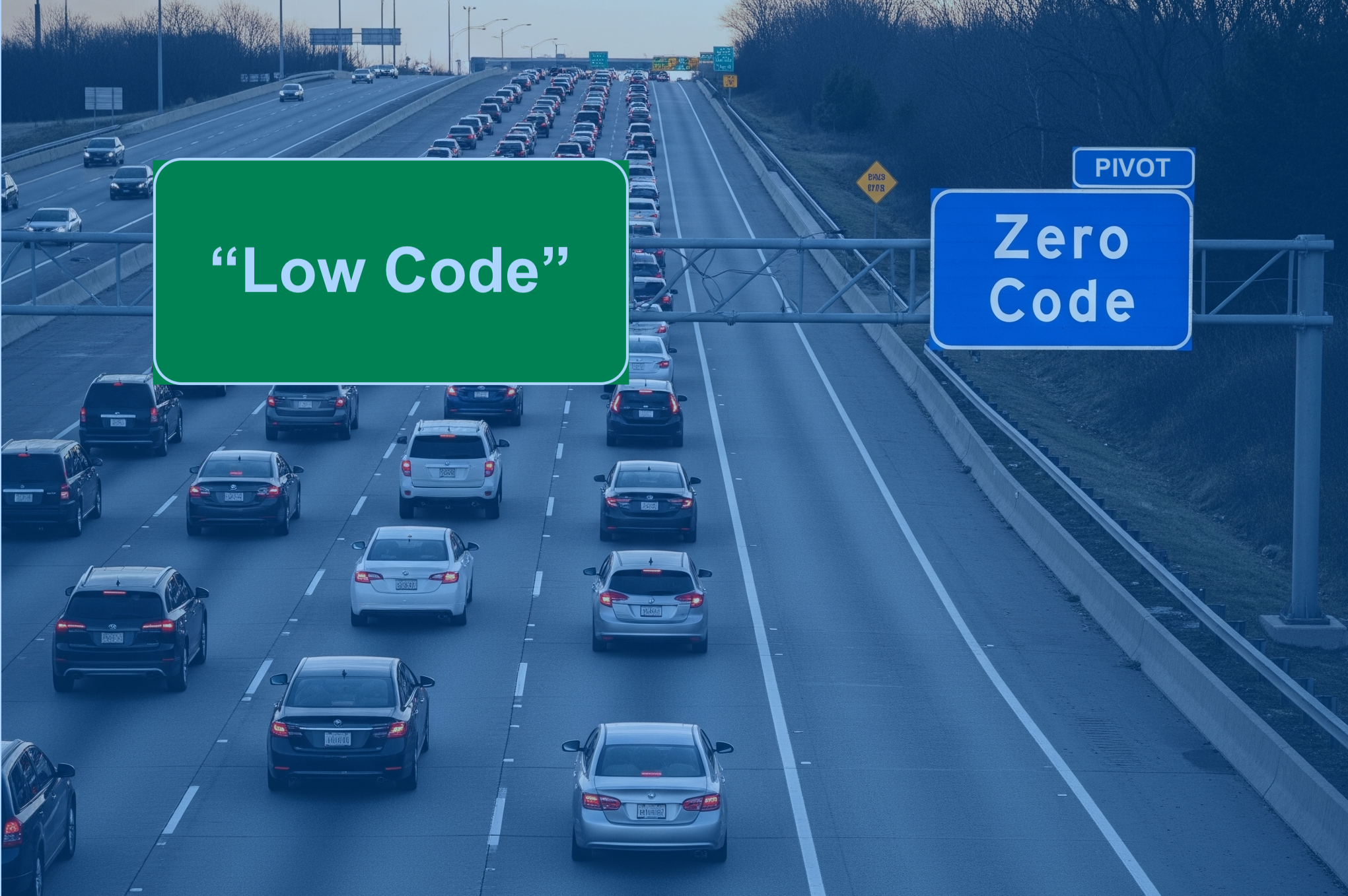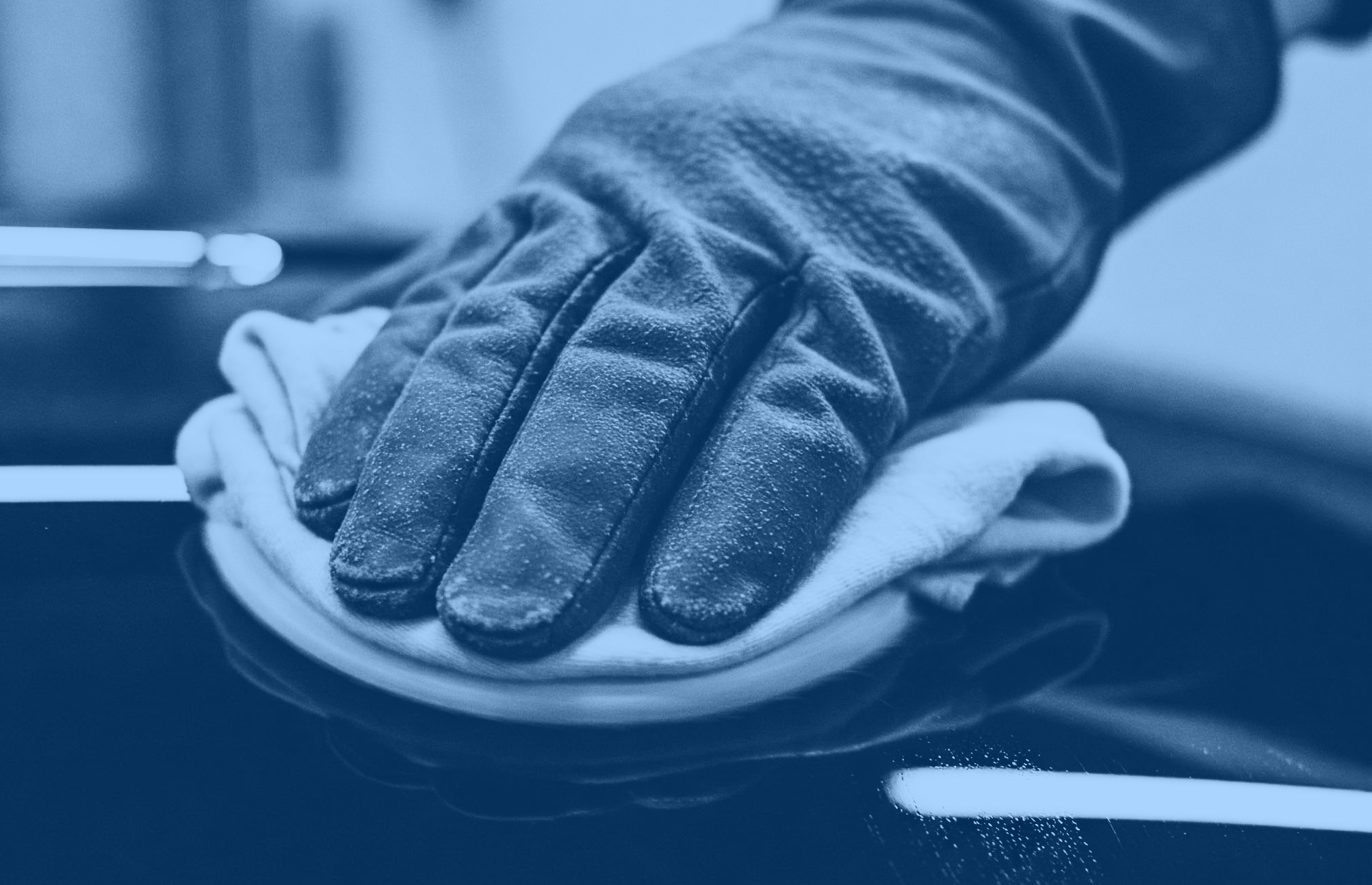"The Results have been Remarkable!"
In this case study, we’re looking at a global independent exploration and production (E&P) company that is embracing digital transformation to improve operational efficiency and safety. With three production facilities (one fixed tower and two floating, anchored platforms), the company manages thousands of pieces of equipment across its sites. To keep operations running smoothly, inspections are essential. But until recently, the inspection process was time-consuming and prone to delays and errors.
Enter Mirata: a game-changing solution that has streamlined inspection workflows, increasing both efficiency and accuracy.
The Scope of Operations
Three Major Production Facilities:
- 1 Fixed Platform
- 2 Floating Anchored Vessels
For example, here’s a breakdown of one Floating Facility:
- Between 5,000 and 7,500 individual pieces of equipment
- Across all three facilities: between 7,000 and 8,000 circuits, each circuit consisting of:
- 275,000 Equipment Components
- 13,000 electronic circuit drawings
- On average: 700 Circuits per Inspection Campaign and 11 Campaigns per year
- Teams of 40-15 people at each facility working on a two-week on, two-week off rotating schedule
- Workers are responsible for maintaining complex systems:
- Housing
- Production equipment
- Safety systems.
- Workers are responsible for maintaining complex systems:
Pressure Safety Valve (PSV) Inspections: Critical to Compliance and Safety
Among the most important routine tasks are the regulatory Pressure Safety Valve (PSV) inspections. PSVs are an operational necessity: they are critical components designed to prevent equipment overpressure, acting as a final safeguard against catastrophic failure. These valves are heavily regulated by agencies such as OSHA and follow API standards that require regular testing and documentation.
Before Mirata
Prior to Mirata, the company used a paper-based inspection process for 11 inspection types including the PSV inspections. The old process had the following issues:
- Time-Consuming: All data was manually printed, recorded, and later re-entered into digital systems
- A typical inspection could take hours and require an additional hour just to upload and organize data—time that added up across thousands of inspections per year.
- Hand-drawn inspection labels and images were uploaded and transformed manually, then re-linked to their respective sections of the inspection forms
- Risk of Transcription Errors: This duplication of effort led to frequent transcription errors and significant delays
- Increased Safety Risk: Discrepancies discovered in the field were sometimes not addressed until weeks later
Before Mirata, PSV inspections were manually performed using printed circuit drawings and handwritten data sheets. Inspectors recorded results on paper in the field, then
How Mirata Helps
The partnership with Mirata began in January 2024, launching a major operational transformation. The goal was simple: to digitize inspections, eliminate transcription errors, and reduce the time spent both in the field and uploading inspection data. Here’s what we were able to accomplish:
- Saving Time
- All inspection information—including drawings and images—are now uploaded directly into the platform, accessible to inspectors in the field on their tablets.
- Digital Process = No transcription errors
- Inspection entry data directly flows into the system
- No more handwritten forms or waiting days to address discrepancies
- Inspection entry works offline
- Issues are flagged in real-time
- Inspection entry data directly flows into the system
- Safety Issues Addressed Quickly
- Inspections can be approved real-time
- Issues are flagged immediately and tracked through resolution
Efficiency Gains: A Dramatic Improvement
• 3 Hour Inspection pre-Mirata = 1 hour post-Mirata
• 1 Hour Data Uploads pre-Mirata = 15 mins post-Mirata
The results of the switch to Mirata have been profound. When these gains are multiplied by the thousands of inspections conducted annually across three facilities, the time savings are significant.
In a typical inspection campaign that lasts 2-4 weeks, inspectors work on around 50,000 features. With Mirata, photos are taken and attached directly to the corresponding feature being inspected, reducing the time it takes to organize and review images. Inspectors no longer need to sift through countless photos to determine which one applies to which feature. The process is faster, more efficient, and more accurate.
The Future: Expanding Mirata Globally
The success of Mirata at the site of operations has paved the way for future expansion. The company is already planning to roll out Mirata to teams worldwide. One of the next major goals is the digitization of the Priority Defect Location Form (which is currently managed through an Excel spreadsheet). By moving this form to Mirata, all information will be captured directly in the field by inspectors, all with the goal of replicating the gains that were seen in the initial forms enacted with the Mirata digitization process.
A Collaborative Effort: Designed by Inspectors, for Inspectors
From day one, the implementation of Mirata has been collaborative. Field inspectors were invited to review and refine the digital forms, ensuring the platform fit the reality of offshore inspection work.
Once deployed, adoption was rapid. Inspectors overwhelmingly agreed that Mirata made their jobs easier. The intuitive interface, real-time access to information, and reduction in administrative burden have earned strong buy-in from frontline teams.
Conclusion
Thanks to its partnership with Mirata, this exploration and production company has dramatically improved its inspection process—making it faster, more accurate, and more responsive. PSV inspections, once a tedious and error-prone process, are now streamlined and compliant. Across all inspection types, the shift to digital has eliminated redundant tasks, enhanced safety, and increased operational agility.
As the company expands Mirata’s use across global teams, it’s setting a new standard for how digital tools can transform the energy sector. By embracing innovation, they’ve not only improved efficiency—they’ve made the work safer and more manageable for those on the front lines.



